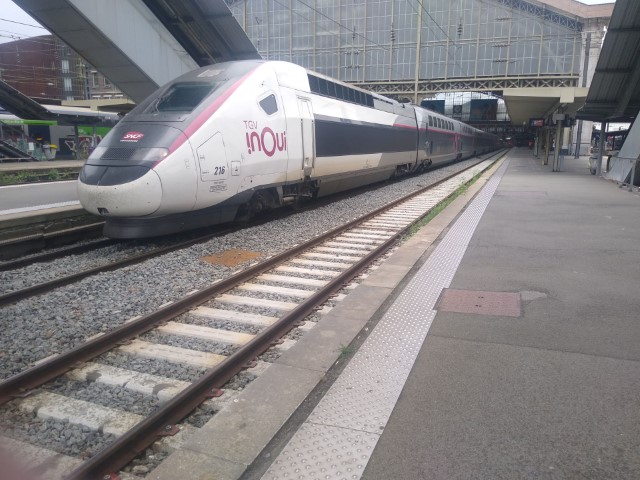Scotland has a vital interest in the current re-appraisal of HS2 following the illthought-out curtailment by former prime minister Rishi Sunak. Anglo-Scottish air travel accounts for a considerable proportion of Scotland’s aviation greenhouse gas emissions. There are over 50 flights each weekday from Glasgow and Edinburgh to London, making this the busiest domestic air corridor in Europe. Modal shift to zero-emission electric trains is an obvious opportunity to cut emissions on the way to reaching net zero. But the environmentally unwise cut to domestic Air Passenger Duty by the last Conservative government has given air travel a cost advantage over rail and reduced UK tax revenue by around £350M annually. Frequent flyers will benefit the most.
Scotland is losing out. Truncating HS2 to a London-Birmingham rump means that future HS2 trains will not save much time from London to Scotland compared with the current Pendolinos as, unlike Pendolinos, the new trains have no tilt mechanism to allow higher speeds on the many curves north of Birmingham. Furthermore, the 8-coach HS2 trains would have 17% fewer seats than today’s 11-car Pendolinos. So the £50 billion of UK taxpayers’ money needed to build the truncated London-Birmingham high-speed line is basically bringing no benefit to Scotland and could reduce West Coast Main Line train capacity and increase flights and CO2 emissions.
The Scottish Association for Public Transport was established in 1974 to campaign for environmentally sustainable, integrated public transport in and to Scotland. As a member of the Scottish High-Speed Rail Group, which included Transport Scotland and Scottish business interests and held meetings over 10 years to 2020, we identified a 3 hour 30 minute Glasgow-London rail journey time (an hour faster than now) as a realistic target for cross-border trains via HS2. Faster, greener transport links will stimulate economic regeneration and support climate decarbonisation.
The cancellation of HS2 north of Birmingham is clearly a setback to this aspiration. But since the general election, politicians and rail industry experts have new ideas for West Coast Main Line development linked with Northern Powerhouse Rail and HS2. Actions being looked at include:
- Link HS2 from Birmingham via a new 155mph Stafford Bypass onwards to Crewe
- Complete HS2 from Old Oak Common to and expanded Euston
- Upgrade West Coast Pendolino trains from 125 to 155 mph maximum speed (as in Italy)
- Re-signal the West Coast route with ETCS to allow 140 mph from Glasgow to Warrington
These ideas could cut the Glasgow-London rail trip to around 3 hours 40 minutes and bring an increase in rail use and capacity for both passengers and freight. Edinburgh-London trains would continue to use the East Coast Main Line which has potential to be upgraded.
The Labour Government must fully involve the Holyrood Government and Transport Scotland in developing these constructive ideas further. Otherwise, HS2 cancellation will leave west central Scotland with poor connectivity to the south.
An updated High Speed Rail Programme fulfilling the needs of Scotland as well as the North of England is now urgently needed from the UK and Scottish governments.

SNCF high-speed TGV trains can reach 186 mph and can cover over 400 miles from Paris to Marseille in 3 hours. The train above is at Lille on the 15th of July 2024.
(Photo J.McCormick).

China has built an extensive network of over 28,000 miles of new high-speed lines and stations. The photo was taken on 18th September 2018 in Chengdu.
(Photo: J.McCormick)

In Britain Pendolino trains (above, in Virgin Colours) have a design speed of 140 mph but are constrained by the infrastructure on the West Coast Main Line to 125mph. Glasgow-London trains typically take 4 hours 30 minutes to cover the 400 miles.
New Pendolinos in Italy can now achieve 155 mph service speed on Italian high-speed lines.
(Photo: J.McCormick)



